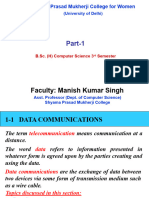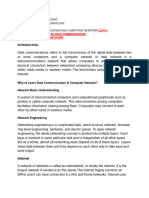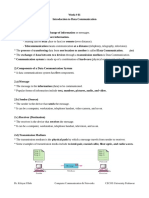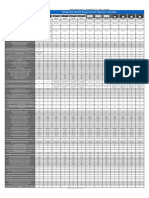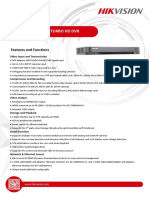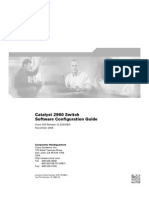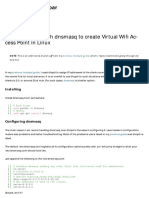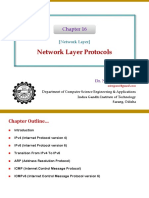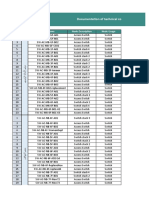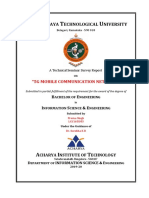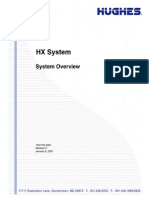0% found this document useful (0 votes)
55 views21 pagesComputer Networks: Fourth Year Class
This document provides an introduction and overview of computer networks and data communications. It discusses [1] the importance of data communications and computer networks for business, [2] the basic components of a data communication system including messages, senders, receivers, transmission mediums, and protocols, and [3] how different types of data such as text, numbers, images, audio and video are represented digitally for transmission over networks.
Uploaded by
حاتم طلال علي جردوCopyright
© © All Rights Reserved
We take content rights seriously. If you suspect this is your content, claim it here.
Available Formats
Download as PDF, TXT or read online on Scribd
0% found this document useful (0 votes)
55 views21 pagesComputer Networks: Fourth Year Class
This document provides an introduction and overview of computer networks and data communications. It discusses [1] the importance of data communications and computer networks for business, [2] the basic components of a data communication system including messages, senders, receivers, transmission mediums, and protocols, and [3] how different types of data such as text, numbers, images, audio and video are represented digitally for transmission over networks.
Uploaded by
حاتم طلال علي جردوCopyright
© © All Rights Reserved
We take content rights seriously. If you suspect this is your content, claim it here.
Available Formats
Download as PDF, TXT or read online on Scribd
/ 21
